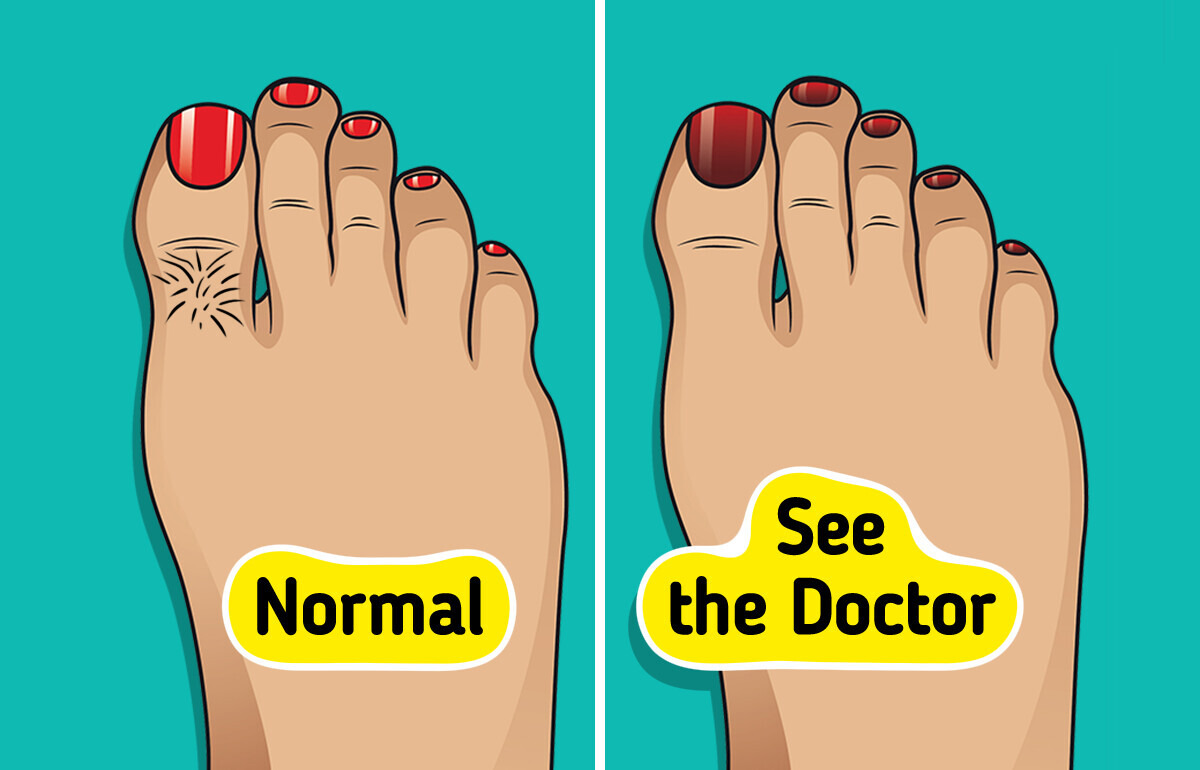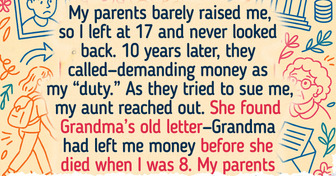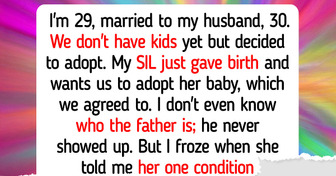15 Wholesome Photos That Could Kick Your Blues Away


Your feet aren’t just for walking, they’re messengers of your health. When they ache, swell, or change color, it’s often your body’s way of waving a red flag. Here are 9 surprising clues your feet might be giving about what’s really going on inside.
CONTENT IS PROVIDED FOR INFORMATIONAL PURPOSES ONLY AND IS NOT INTENDED AS A SUBSTITUTE OF MEDICAL ADVICE. SEEK GUIDANCE OF YOUR DOCTOR REGARDING YOUR HEALTH AND MEDICAL CONDITIONS.
Dry, peeling skin on your feet is often seen as a lack of care, but it could actually be a sign of a fungal infection. If left untreated, the skin can blister, and when those blisters burst, the infection can spread. If you suspect you have athlete’s foot, it’s important to see a doctor to stop the fungus from growing, clear it up, and relieve your symptoms.
If your feet feel like ice cubes no matter how many blankets you pile on, it might be more than poor circulation. Cold extremities can be an early sign of hypothyroidism or vascular issues — your body isn’t pushing blood efficiently to the farthest points.
If you’ve noticed hair loss on your feet, it could be due to poor blood circulation. When circulation isn’t great, the body prioritizes vital organs over the extremities, like your toes.
Hair on your toes might seem like a nuisance, but it’s actually a sign of good circulation. Healthy blood flow to your feet helps with wound healing and sensation. So, having some toe hair is a good thing.
If you notice any changes, like new hair growth, moles, or blisters, it’s a good idea to mention it to your doctor.
Dry, cracked skin around your heel or foot could be a sign of thyroid problems. The thyroid is a gland that makes hormones to control parts of your body, so if your heels are really dry, it might be a good idea to check your thyroid.
Of course, dry skin can also just happen because of weather changes. But if you’re also experiencing weight gain or vision issues along with dry feet, it’s best to see a doctor.
Cracked heels usually start with dry, thick skin around the edge of your heel, known as calluses. When you walk, the fat under your heel expands, which can cause these calluses to crack.
Things that can make cracked heels worse include:
If you don’t moisturize your feet often, they might dry out even more quickly.
Fungal infections are the obvious culprit, but if your nails stay thick, brittle, and yellow even after treatment, the issue might trace back to lung disease or diabetes. Your nails can be mirrors of your internal health.
When soap, deodorant, and clean socks can’t solve it, there may be a deeper cause. Hormonal imbalances and excess stress cause more sweating, creating odor that’s more about chemistry than cleanliness.
Numbness in your feet can be caused by several conditions, like diabetes, sciatica, or nerve damage. When nerves are damaged or compressed, you may lose feeling in your foot, which can affect your balance. You might also feel tingling, pins-and-needles, or weakness.
If the numbness comes on suddenly with other symptoms like confusion, dizziness, or difficulty breathing, seek medical help right away. If numbness makes you trip or worsens over time, make an appointment with your doctor. Be sure to ask your doctor for advice and treatment options.
Sure, your feet might puff up after a long day on the move or a flight, that’s normal. But when they stay swollen even after a night’s rest, your body’s waving a much bigger flag. Persistent swelling (or “edema”) isn’t just trapped water; it’s your body struggling to move fluids properly. That can point to circulation issues, heart problems, or kidneys that aren’t filtering efficiently.
If the swelling hits both feet evenly, it’s often systemic: your heart, liver, or kidneys might be involved. If it’s just one foot, it could be a blocked vein or even a blood clot. Sometimes it’s medication-related (certain blood pressure or hormone drugs are notorious for this), but it can also be linked to chronic conditions like diabetes or thyroid imbalance.
Maintaining a healthy weight is important because weight gain is often connected to foot pain. In an APMA survey, 74% of people who were overweight and 81% of those with excess weight reported having foot problems.
From color changes to strange sensations, your feet can expose issues long before a blood test or check-up does. Here are some surprisingly telling signs to watch out for.











